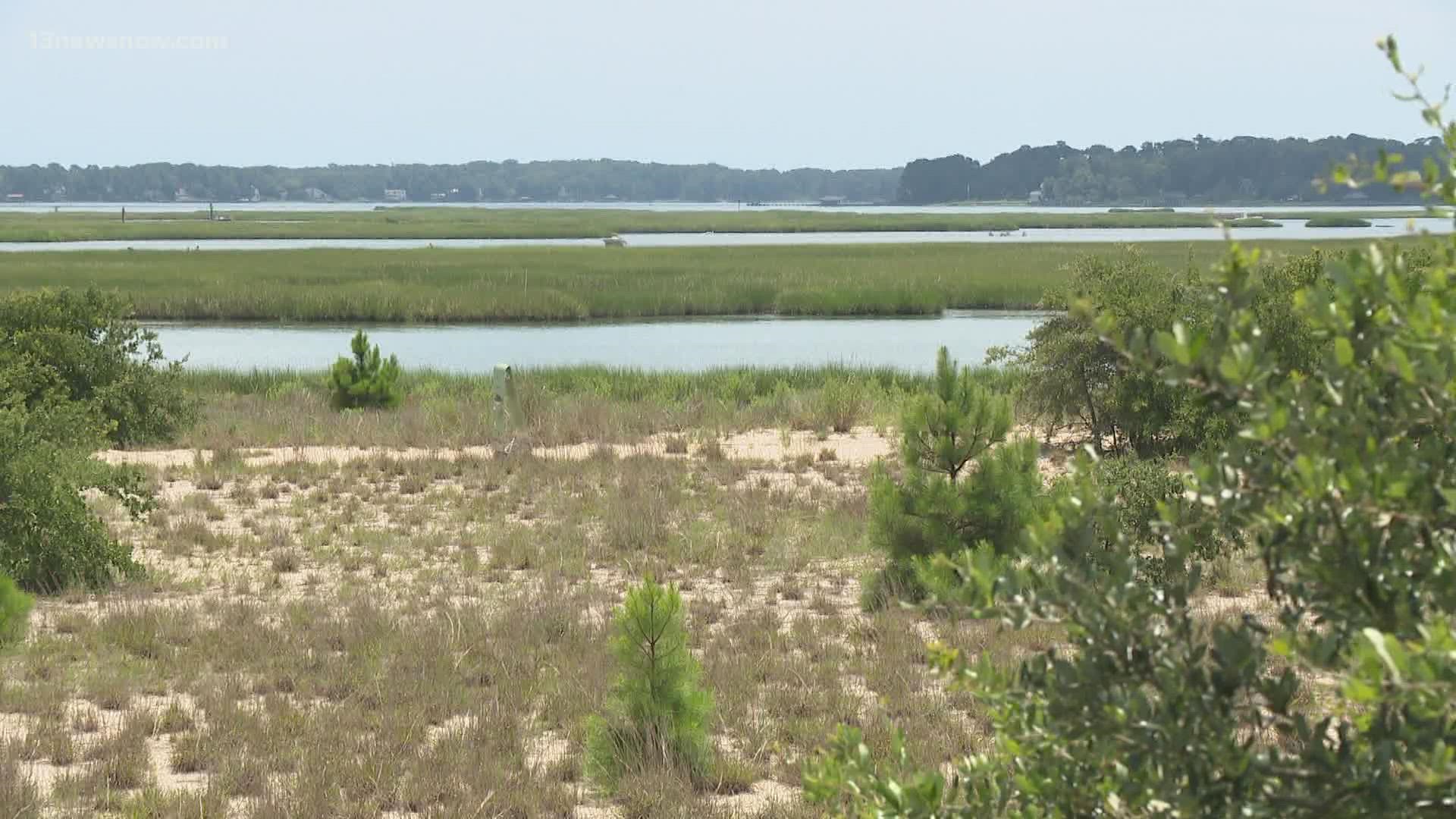VIRGINIA BEACH, Va. — A recent ruling from the Supreme Court of the United States has environmentalists rethinking how it could impact the timeline for fighting climate change.
In a 6 to 3 conservative majority vote on Thursday, the nation’s highest court limited the powers and ability of the Clean Air Act, ruling that the Environmental Protection Agency does not have broad authority to regulate greenhouse gas emissions from power plants.
Christy Everett, the Hampton Roads director for the Chesapeake Bay Foundation, said it is a federal decision that could have effects felt at the local community level.
"Emissions from a power plant go up into the air and fall into open waters, and then come back into our waterways and add to that nutrient pollution," she said.
According to research from the Chesapeake Bay Foundation, air sources contribute to about one-third of the nitrogen levels in the Chesapeake Bay, meaning the air above us has a direct impact on the water below us.
Those chemical imbalances can create algae blooms, which can block sunlight from reaching underwater grasses, and create low-oxygen "dead zones" as well.
“What this case speaks to is: how we can continue to reduce emissions and that nitrogen coming from those coal-fired power plants, coming back down into the atmosphere. Yes, a large percentage of that nitrogen pollution comes from the air," Everett said.
Bay research also found more than 85 million pounds of nitrogen pollution comes from the air, making up about one-third of the Chesapeake Bay's total yearly load.

